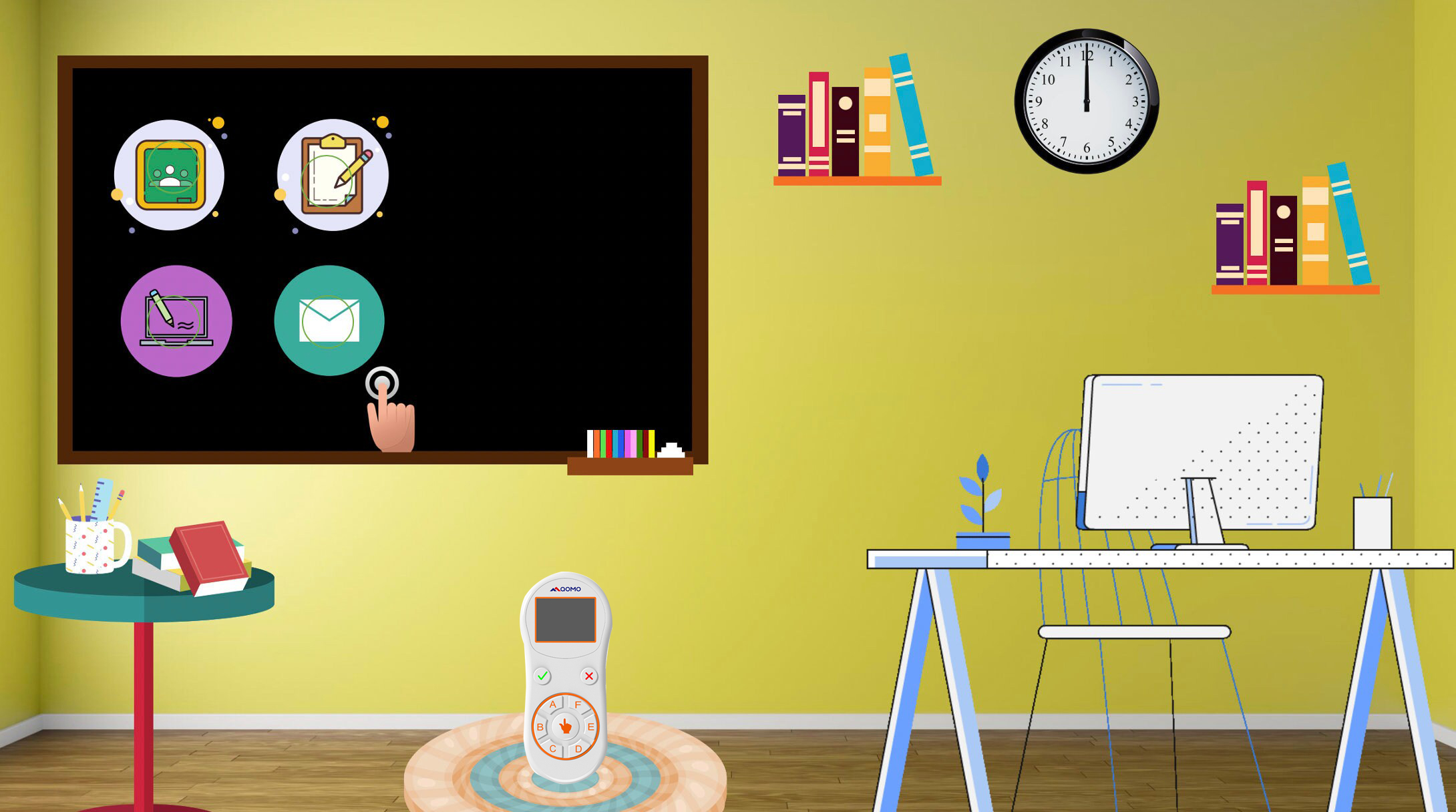Smart classroom should be the deep integration of information technology and teaching. Student clickers have been increasingly popularized in teaching classrooms, so how to make good use of information technology to build a “smart classroom” and promote the deep integration of information technology and teaching?
Smarter classroom is a new form of classroom that deeply integrates information technology and subject teaching. However, at present, classroom interaction is mostly based on shallow cognitive input such as rushing to answer, liking, and uploading assignments. Promoting the interaction of students’ in-depth processing of knowledge, the superficial “positive” and “active” interaction cannot promote the development of students’ higher-order thinking abilities such as thinking and creativity. Behind these phenomena, people still have misunderstandings about smart classrooms.
Students’ voice answering through classroom interactive clickers helps students gain knowledge while experiencing and participating in the learning process, so as to reach a higher cognitive target level. There are in six levels: knowing, comprehending, applying, analyzing, synthesizing, and evaluating. Knowing, comprehending, and applying belong to the lower-level cognitive goals, while analyzing, synthesizing, evaluating, and creating belong to the lower-level cognitive goals. Higher-level cognitive goals
Providing students with a variety of situational learning tasks, and through situational problem solving, students can fully connect the knowledge learned in the classroom with real life, and construct flexible rather than lazy knowledge. The student clicker not only has the functions of answering multiple questions and interacting in multiple ways, but also conducts data analysis in real time according to the answering situation in the classroom, helping teachers and students to further discuss problems and further improve the effect of the classroom.
Each learner has his own experience world, and different learners can form different assumptions and inferences about a certain problem, thus forming a rich understanding of knowledge from multiple perspectives. During the use of the student clicker in the classroom, learners communicate and cooperate, and constantly reflect and summarize their own and others’ views.
In the true sense, the student clicker is not only a single tool for knowledge imparting and simple classroom interaction, but also a tool for creating a learning environment, an inquiry tool for students’ autonomous learning, a collaborative tool for knowledge construction, and a motivational tool for emotional experience.
Post time: Aug-12-2022




